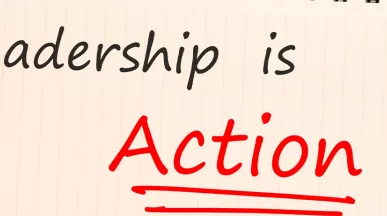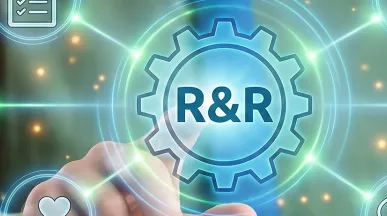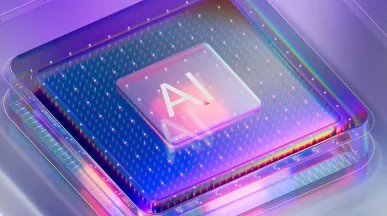How Points and Recognition Programs Promote Your Company Culture

By Gene Park
When employees feel appreciated, it can significantly boost morale and employee engagement. Research shows that only 15% of employees say they are recognized frequently enough, and yet 80% of employees would work harder if they felt better appreciated. Even simple gestures like saying “thank you” or publicly acknowledging a job well done can boost retention. According to one study, this is more important than a salary increase!
What’s a common factor in boosting employee engagement, retention rates, and overall culture? Employee appreciation. Most importantly, showing appreciation through recognition or points program best practices aligns employees around the values of your company. Employees can see what’s important to you, and consistently model these values in the workplace.
We’ll explain how leaders or managers can show employees that they’re valuing what you value in your organization’s culture. But first, let’s look at the current state of the workforce and what to do about it: current engagement figures, what employees’ value, and how you can help satisfy their needs.
Employee Engagement Trends
Employee engagement in the US has hovered around 30% for nearly the past 20 years — rising as high as 36% in 2020. However, in the latest poll data from 2022, Gallup reports only 32% of full- and part-time employees working for organizations are now engaged. And it's trending downward.
Why were employee engagement numbers higher pre-pandemic? Gallup believes there were three explanations for this:
- Prior to the Covid-19 pandemic, unemployment was at its lowest levels in decades (3.8%). When there is a a better economy, there is confidence and choice in finding meaningful work.
- Workers’ satisfaction increased due to benefits like vacation time and retirement plans. Although this helps engagement in some ways, Gallup believes “benefits and perks alone won’t improve engagement in the long term.”
- Employees were more satisfied with recognition received from work accomplishments, creating better, stronger relationships with managers and colleagues. This, Gallup argues, is “the best explanation for improvements in the percentage of engaged employees.”
Acknowledging Achievements Leads to More Engagement
Everyone wants to be recognized for a job well done. It’s an intrinsic part of our human nature to feel valued. As employees, we want to be recognized in our day-to-day work, and this significantly impacts how we feel about our daily jobs as well as those around us.
When we’re recognized for our contributions, it affirms that we’re accepted by a peer group — in this case, our colleagues at the office — and provides a sense that we’re “all in this together.” This creates a common bond around a singular mission and vision, that your contributions have purpose and meaning.
This sense of belonging creates engagement. You’re more intrinsically motivated to work harder, together, to align with your company’s vision and achieve the mission. That discretionary effort and relationship-building has long-lasting, positive effects on the productivity and performance of not only your employees but the profitability of the business as a whole.
In short, recognition leads to a high-performing culture. However, the challenge for HR professionals like you is to create a systematized, scalable program that connects the great benefits of recognition — like acceptance, belonging, and engagement — to the larger organization and its values. How do you do that?
How You Can Maximize Your Program’s Features Today?
Recognition is a powerful driver for the employee experience, but if your employees aren’t using the full power of your program’s features, they’re not getting the whole benefit.
Leverage All Available Features
There are many features with the modern recognition solution. For companies with points-based programs, make sure employees are aware of and have access to a full array of shopping experiences, custom rewards and travel, lifestyle products, charitable gifts, and retail gift cards.
Make Recognition Social
It’s not only the rewards that are key to a recognition solution. Don’t forget about the day-to-day social recognition. Simply sharing a public post about a great job on a project goes a long way. There’s also promotions, milestones, and service anniversaries to consider in your daily recognition check-up.
Report on Financial Outcomes
A critical part of getting the most out of your recognition solutions is to tie all the data you’re receiving through the platform back to the leadership’s emphasis on performance and financial metrics. The best recognition platforms in today’s technology landscape deliver customizable dashboards so your reports and analytics are at your fingertips.
Daily Recognition Check-Ups Can Include:
- Celebrating and recognizing
- Performance Goals
- Milestones
- Birthdays
- Recognizing employees for a job well done
- Recognizing employees for demonstrating core values
Ultimately, connecting the values of your leadership (productivity and performance) to the values of your employees (feeling a sense of belonging and social connection) will create a united, thriving culture, where everyone can take part in achieving the organization’s mission, vision, and values.
Recognition Builds Great Cultures
While recognition might shift in priority compared with other HR initiatives, it’s important to remember that the little things — when added together — can become enormous changes across an entire organization and build the culture you want to see going forward.





